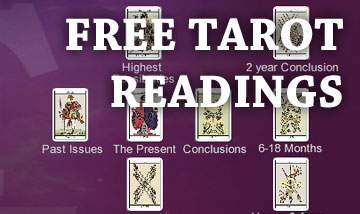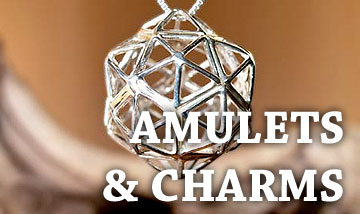Mad Scientists
Mad Scientists : by the
definition of this site, are those that are engaging in or have engaged in
very strange or unusual experiments. They themselves are not
necessarily mad just what they are proposing or have proposed. The first of these such
persons is a man called Andrew Crosse and following is a little bit about
his work in the early 20th century.
Crosse's Acari
Mary Shelley who wrote Frankenstein once attended a lecture in
London given by an eccentric electrical engineer and and researcher called
Andrew Crosse. Traditionally the inspiration for her classic horror
story Frankenstein was believed to have been a nightmare, but writer Peter
Haining proposed in his book The man who was Frankenstein that the
actual model for Shelley's book came from the inspiration she gained from
Andrew Crosse. Please view the reader
comments, as there is some debate about this.
There is controversial evidence to suggest that during one of his many
mysterious experiments with electricity, performed at his secluded country
home at Broomfield this extra-ordinary man actually found a means of
creating life!
"On the fourteen day from the commencement of this experiment I
observed through a lens a small whitish excresences or nipples projecting
from about the middle of the electrified stone. On the eighteenth
day these projections enlarged, and stuck out seven or eight filaments,
each of which they grew.
On the twenty-sixth day these appearances assumed the form of a perfect
insect, standing erect on a few bristles which formed in it's tail.
Till this period I had no notion that these appearances were other than an
incipient mineral formation. On the twenty-eighth day these little
creatures moved their legs. I must now say that I was not a little
astonished. After a few days they detached themselves from the stone
and moved about at pleasure.
In the course of a few weeks about a hundred of them made their appearance
on the stone. I examined them with a microscope, and observed that
the smaller ones appeared to have only six legs, the larger ones
eight. These insects are pronounced to be of the genus acarus, but
there appears to be a difference of opinion as to whether they are a known
species; some assert that they are not.
I have never ventured an opinion on the cause of their birth, and for a
very good reason - I was unable to for one. The simplest solution of
the problem which occurred to me was that they arose from ova deposited by
insects floating in the atmosphere and hatched by electric action.
Still I could not imagine that an ovum could shoot out filaments, or that
these filaments could become bristles, and moreover I could not detect, on
the closest examination, the remains of a shell...
I next imagined, as others have done, that they might originate from the
water, and consequently made a close examination of numbers of vessels
filled with the same fluid: in none of these could I perceive a trace of
an insect nor could I see any part of the room."
If the creatures were Acari, i.e. mites then they were arachnids not
insects but more importantly than their taxononmy is their apparent origin
- spontaneously generated from - non living matter in a solution much too
caustic to sustain any form of life.
Unfortunately Crosse was subjected to such 'vitriolistic tirades'
from his peers that he chose to retire from public life 'shunned by and
shunning - the world'.
Fellow researcher W.H. Weeks repeated Crosse's experiments with
success and so too did eminent physicist Sir Michael Faraday, who gained
similar results from his 1909 experiments. Charles E. Benham urged
more replication studies to solve the mystery but still more than 80 years
later the phenomenon goes unexplained.
Source: (Quotations taken from: The Unexplained by
Dr. Karl. P. N. Shuker, Carlton Books Limited 1996 & 1997, ISBN
1-85868-394).
Recommended Reading
Haining, Peter, The Monster Trap and Other True Mysteries, Armada
London, 1979
Shuker, Karl P.N., The Unexplained, Carlton Books Limited 1996
& 1997
Reader Comments
Comments
by Dennis Bell
 DISCOVER TAROT ON iPHONE, iPAD AND ANDROID.
DISCOVER TAROT ON iPHONE, iPAD AND ANDROID.
Learn Tarot Card Meanings, what they mean when combined in a reading, test your knowledge in the Tarot Quiz and reveal what the future may hold with the Tarot Reading App.





